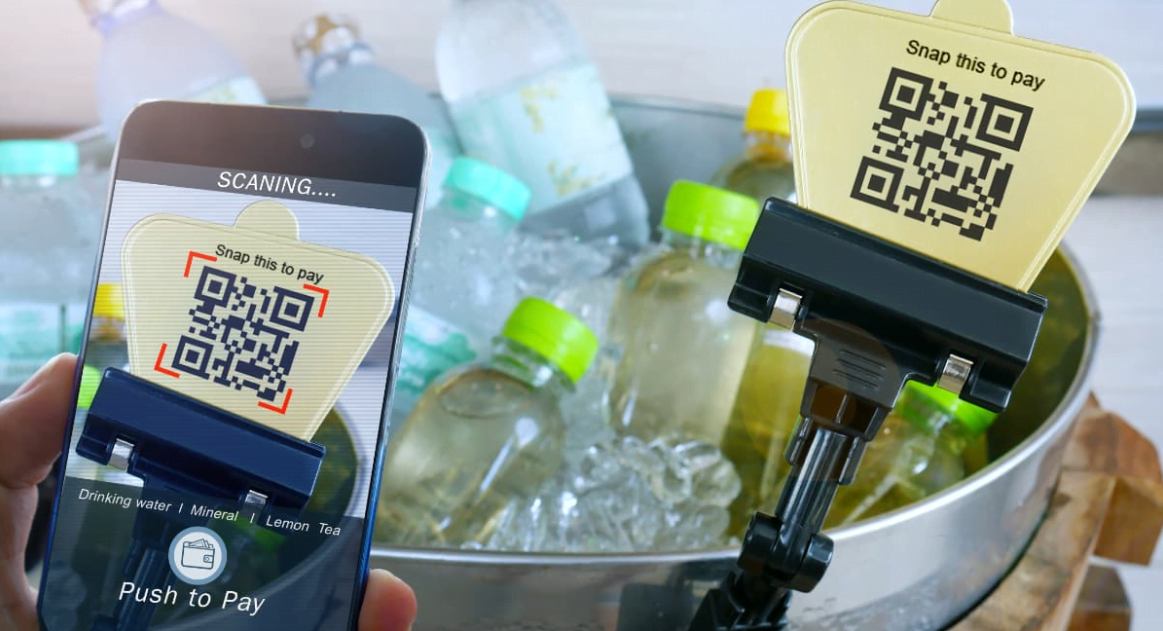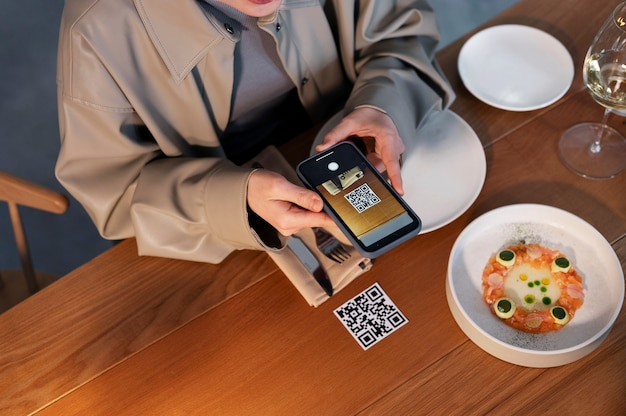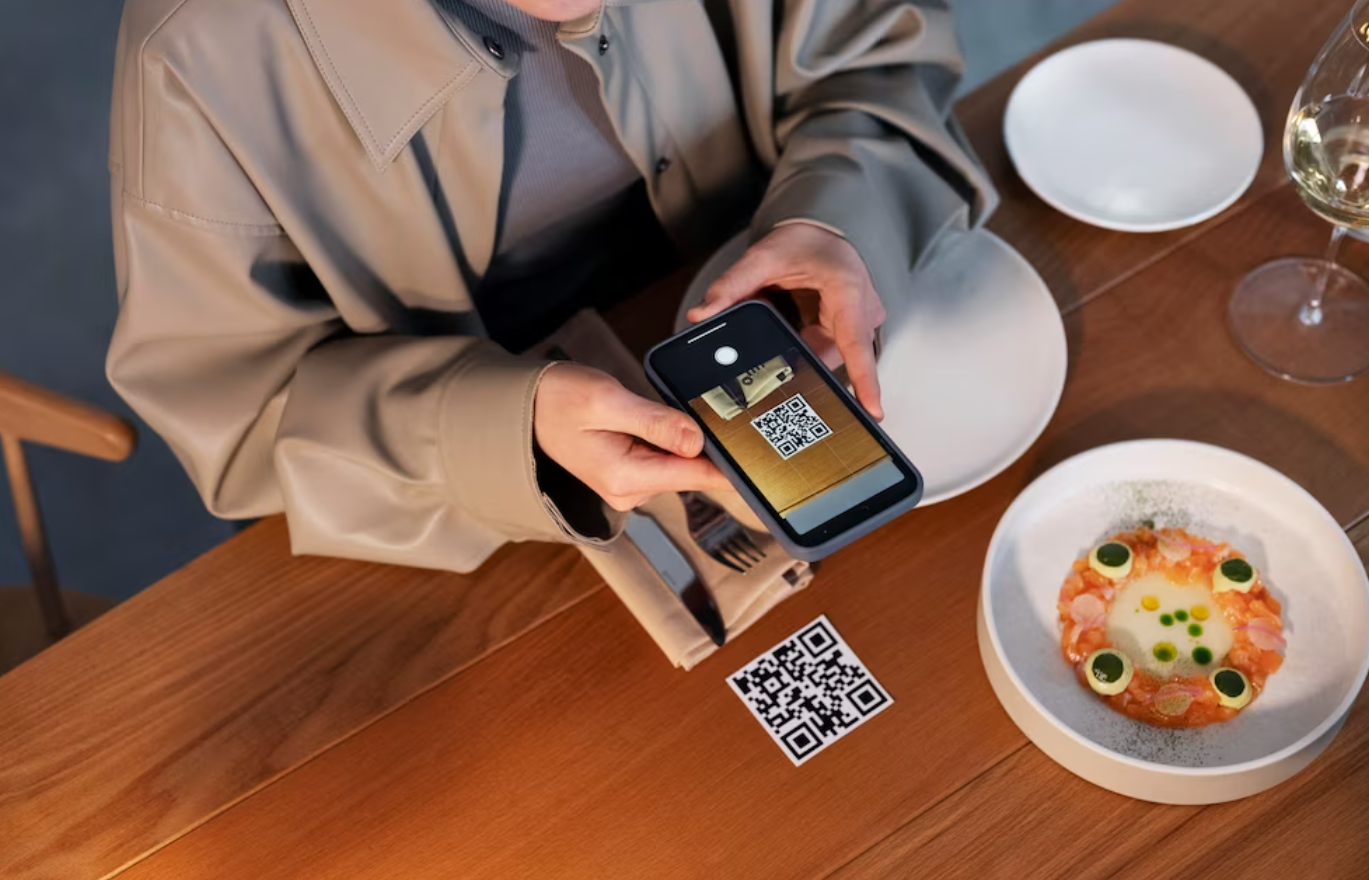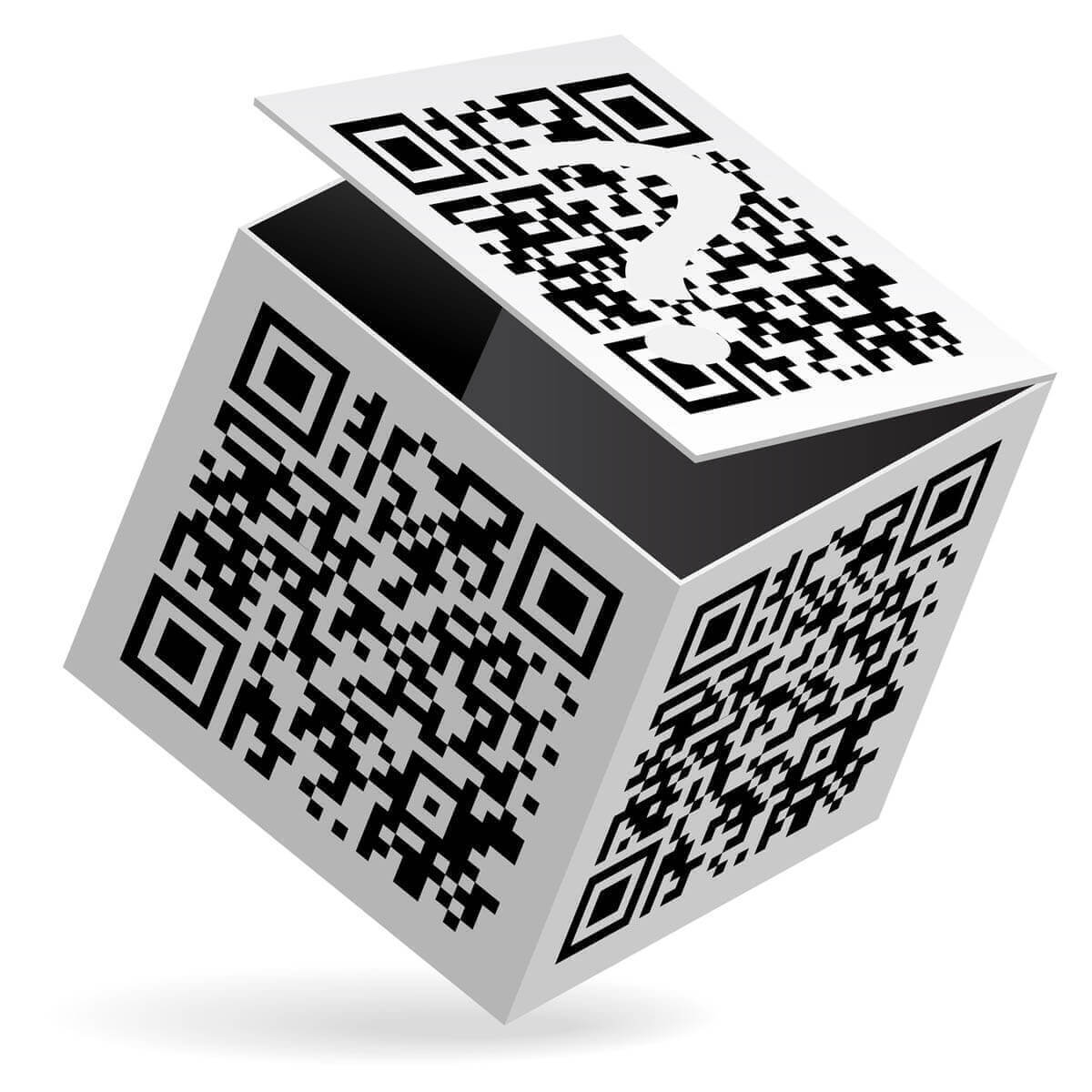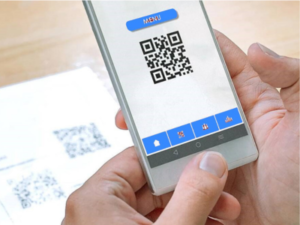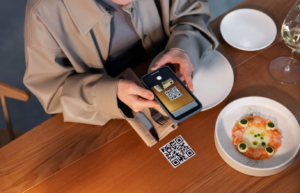In recent years, the rise of e-commerce has transformed the way businesses operate, and the future of online shopping continues to evolve. One technology that has gained significant popularity and is poised to play a crucial role in the future of e-commerce is the Quick Response (QR) code. QR codes are matrix barcodes that can be scanned using smartphones or other devices equipped with QR code readers. They offer a range of advantages, from enhancing the customer experience to streamlining the checkout process. This article explores the future of QR codes in e-commerce and how they are revolutionizing the industry.
QR codes have become ubiquitous in our daily lives, appearing on product packaging, advertisements, and even restaurant menus. These codes contain information that can be quickly accessed by scanning them with a smartphone camera. In the realm of e-commerce, QR codes have proven to be incredibly useful, simplifying processes and bridging the gap between online and offline experiences.
Advantages of QR Codes in E-Commerce
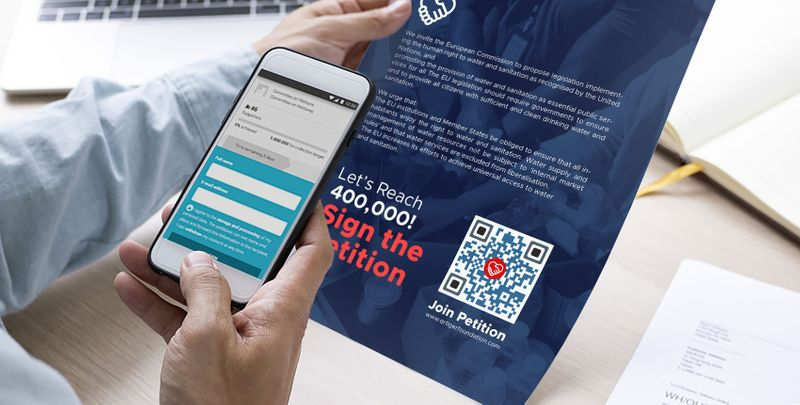
Easy Payment Process
One of the primary advantages of QR codes in e-commerce is their ability to facilitate swift and secure payments. By scanning a QR code, customers can quickly complete a transaction without the need for manually entering payment details. This streamlined process saves time and eliminates potential errors, resulting in a frictionless payment experience.
Enhanced Customer Experience
QR codes enable businesses to provide customers with an enhanced shopping experience. By linking QR codes to product information, customers can access detailed specifications, user reviews, and ratings. This empowers consumers to make informed purchasing decisions, leading to higher customer satisfaction and reduced product returns.
Efficient Inventory Management
QR codes are a boon for e-commerce businesses when it comes to inventory management. By incorporating QR codes on product packaging, companies can easily track and manage their inventory. Each code can be associated with a unique product identifier, allowing businesses to monitor stock levels, streamline reordering processes, and optimize supply chain management.
QR Codes for Product Information and Marketing

Product Details and Specifications
QR codes provide an efficient way to deliver product details and specifications to potential customers. By scanning a code, users can access comprehensive information about a product, including its features, dimensions, and materials. This ensures that customers have all the necessary details at their fingertips, fostering transparency and trust in the purchasing process.
Personalized Offers and Discounts
Incorporating QR codes into marketing campaigns allows businesses to offer personalized discounts and promotions. By scanning a code, customers can unlock exclusive offers tailored to their preferences or purchase history. This targeted marketing approach not only increases customer engagement but also drives sales and customer loyalty.
Customer Reviews and Ratings
QR codes can also be utilized to showcase customer reviews and ratings. By scanning a code, prospective buyers can access real-time feedback from previous customers, helping them gauge the quality and reliability of a product. Positive reviews and high ratings instill confidence in potential customers, influencing their purchase decisions.
QR Codes for Order Tracking and Delivery
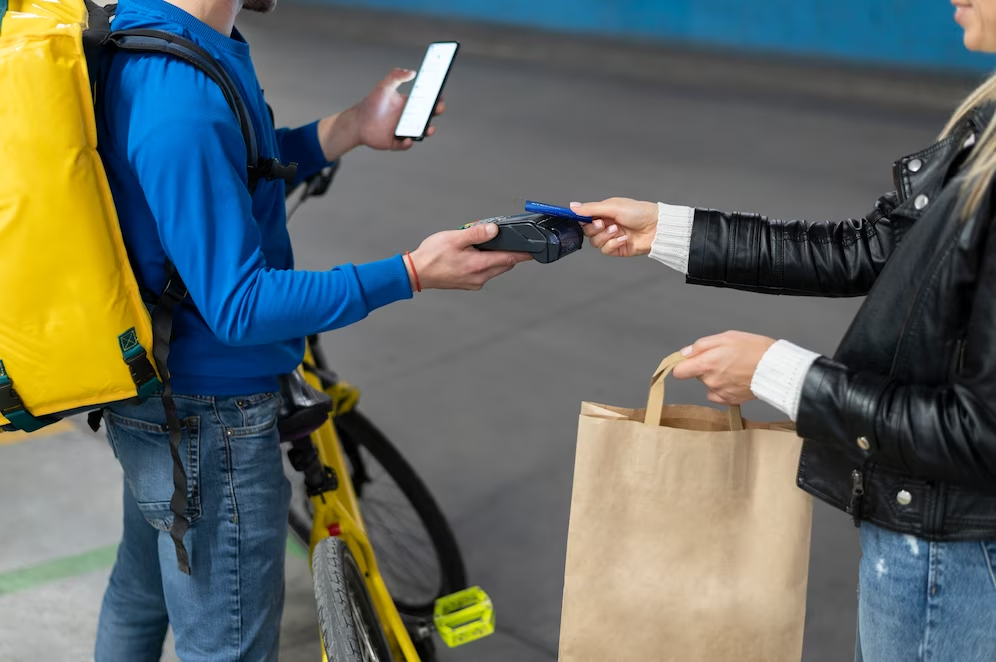
Real-time Tracking
QR codes enable customers to track their orders in real-time. By scanning a code provided by the e-commerce platform, customers can monitor the progress of their package, from the initial shipment to the final delivery. This transparency not only keeps customers informed but also reduces anxiety and enhances their overall experience.
Delivery Notifications
QR codes can be used to send delivery notifications to customers. Once a package is out for delivery, scanning the QR code linked to the order will provide customers with instant updates, such as estimated arrival time and delivery status. These proactive notifications improve customer satisfaction and ensure a smooth delivery process.
Customer Satisfaction and Trust
The use of QR codes for order tracking and delivery builds customer satisfaction and trust. By providing a seamless and transparent delivery experience, businesses can instill confidence in their customers. This trust translates into repeat purchases and positive word-of-mouth, fostering long-term customer relationships.
QR Codes for Seamless Checkout and Reordering
Quick and Secure Payment Options
QR codes simplify the checkout process by offering quick and secure payment options. By scanning a QR code displayed at the checkout counter or on a website, customers can complete their transactions swiftly, reducing checkout queues and enhancing convenience. Furthermore, the secure encryption of QR codes ensures the protection of sensitive payment information.
Simplified Checkout Process
The integration of QR codes enables businesses to streamline the checkout process. By scanning a code, customers can automatically populate their shopping carts, eliminating the need to manually add items. This simplified checkout experience reduces friction and cart abandonment, resulting in higher conversion rates and increased sales.
Convenient Reordering for Customers
QR codes facilitate convenient reordering for customers. By scanning a code associated with a previously purchased product, customers can easily replenish their supplies without searching through the entire catalog. This feature saves time for customers and encourages repeat purchases, fostering customer loyalty.
The Integration of QR Codes in Physical Stores
Offline-to-Online Experiences
QR codes are not limited to the realm of online shopping. They can also be used to create interactive offline-to-online experiences. By displaying QR codes in physical stores, businesses can encourage customers to scan them for additional information, promotions, or access to exclusive online content. This integration of digital and physical spaces enhances customer engagement and drives traffic to e-commerce platforms.
Interactive Product Displays
QR codes can enhance the shopping experience in physical stores through interactive product displays. By placing codes on product tags or signage, businesses can provide customers with detailed information, demonstration videos, or customer reviews. This interactive approach captivates customers and encourages them to explore further, leading to increased sales.
Targeted Promotions and Loyalty Programs
QR codes facilitate targeted promotions and loyalty programs in physical stores. By scanning a code, customers can unlock special offers, discounts, or rewards. This personalized approach not only incentivizes purchases but also encourages customer retention and advocacy.
QR Codes and Influencer Marketing
Engaging Customers through Influencers
Incorporating QR codes into influencer marketing campaigns can be highly effective. By leveraging the popularity and reach of influencers, businesses can engage customers by providing unique QR code-based offers or exclusive content. This collaboration boosts brand visibility, drives traffic, and increases conversions.
Driving Traffic and Sales
QR codes integrated with influencer marketing efforts can drive significant traffic to e-commerce platforms. When influencers promote products or campaigns using QR codes, their followers can easily access the associated content or discounts by scanning the codes. This increased traffic leads to higher sales and improved ROI.
Measuring Campaign Success
QR codes enable businesses to measure the success of influencer marketing campaigns accurately. By assigning unique codes to individual influencers or specific marketing channels, businesses can track the number of scans, conversions, and customer engagement. This data provides valuable insights for future campaigns and allows for better campaign optimization.
Emerging Technologies and QR Codes
Virtual Reality (VR) and Augmented Reality (AR)
QR codes can be integrated with virtual reality (VR) and augmented reality (AR) technologies to create immersive shopping experiences. By scanning a QR code, customers can access VR or AR content, such as 360-degree product views or virtual try-on features. This innovative approach enhances customer engagement and improves the accuracy of purchase decisions.
Internet of Things (IoT) Integration
QR codes can be linked with Internet of Things (IoT) devices to enable seamless interactions. For example, scanning a code on a smart home appliance can trigger automatic product reordering or provide troubleshooting information. This integration of QR codes and IoT devices simplifies everyday tasks and enhances customer convenience.
Voice-Activated QR Code Scanning
As voice-activated assistants gain popularity, voice-activated QR code scanning is becoming a reality. Users can simply command their devices to scan a QR code and retrieve the associated information or perform specific actions. This hands-free approach further simplifies the user experience and expands the possibilities of QR code integration.
FAQs
Are QR codes secure for making payments in e-commerce?
Yes, QR codes used for payment purposes in e-commerce are secure. They employ encryption and follow strict security protocols to protect sensitive information during transactions.
Can QR codes be scanned by any smartphone?
Most smartphones are equipped with QR code reader apps or have built-in functionality to scan QR codes. However, it’s essential to ensure compatibility across different devices and QR code reader apps.
How can businesses measure the success of QR code campaigns?
Businesses can track the success of QR code campaigns by analyzing metrics such as the number of scans, conversions, and customer engagement. This data provides valuable insights for optimizing future campaigns.
Can QR codes be used in physical stores?
Absolutely! QR codes can be integrated into physical stores to provide customers with additional information, interactive experiences, and targeted promotions. They can bridge the gap between offline and online shopping experiences.
Conclusion
The future of QR codes in e-commerce is promising. These versatile codes offer numerous advantages, from simplifying the payment process to enhancing the customer experience. QR codes serve as bridges between online and offline experiences, enabling seamless checkout, order tracking, and reordering. They also open up new avenues for marketing, such as influencer collaborations and integration with emerging technologies like VR and AR. However, businesses must address potential challenges related to security, compatibility, and customer education to fully harness the potential of QR codes in e-commerce.

